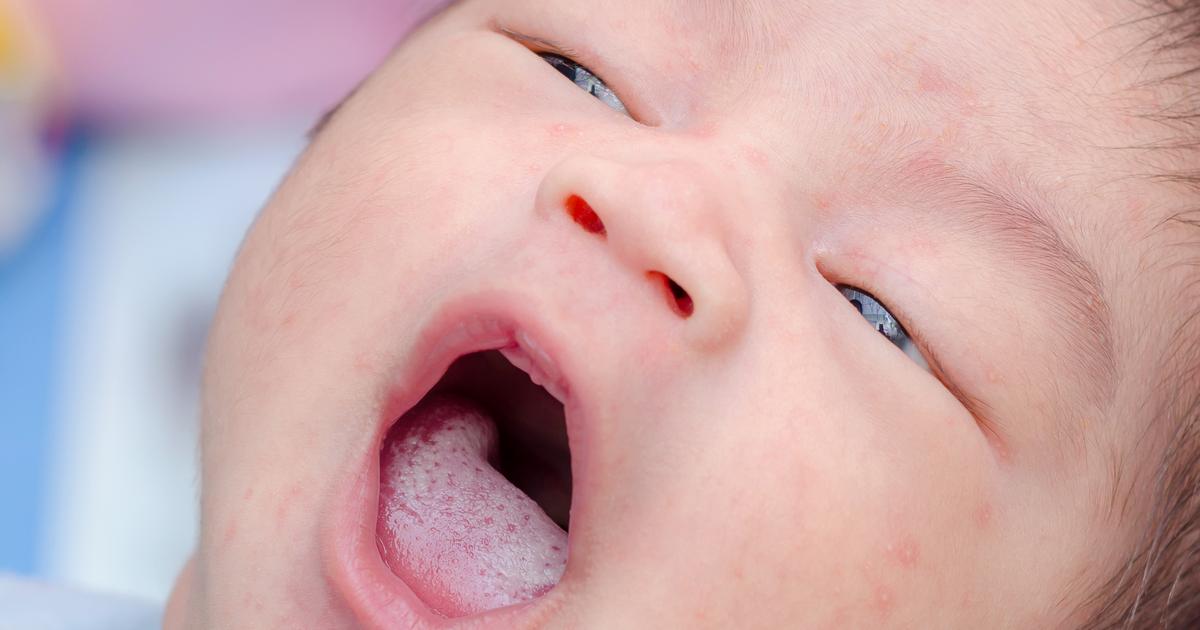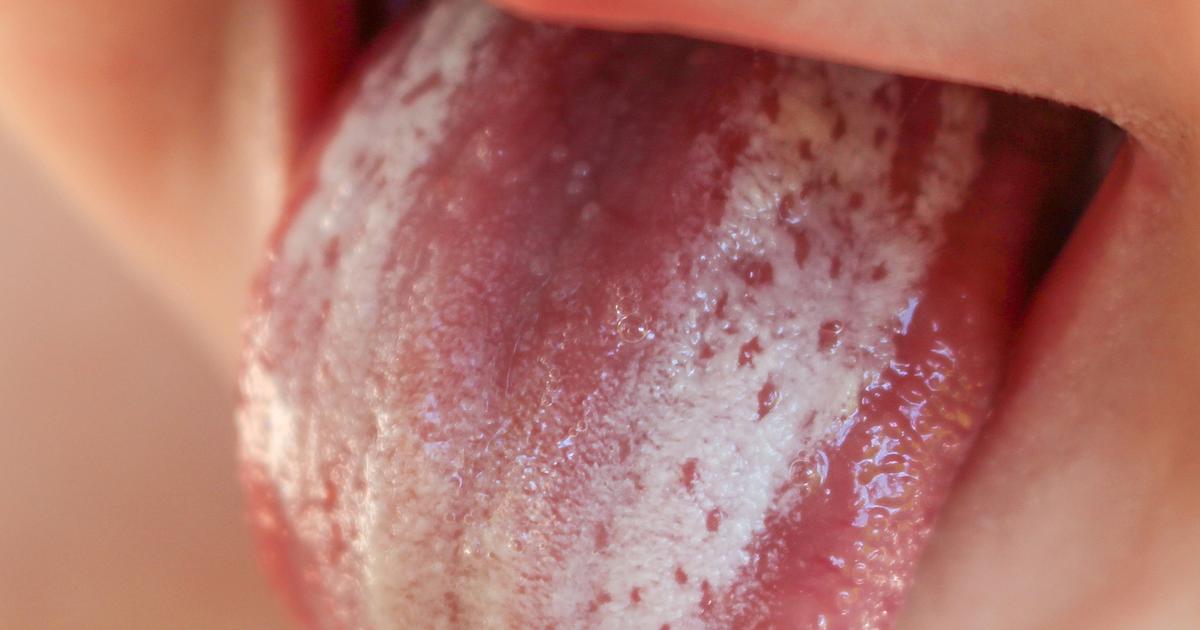Symptoms, Causes, And Treatment Of Thrush In Babies
Thrush refers to a type of yeast infection that develops in moist areas on the body, especially under the chin of a drooling infant or in the form of a diaper rash. Oral thrush is a common type of infection that occurs in the mouth of babies. Although the infection is very irritating and can impact a baby's daily eating and sleeping habits, it is, thankfully, treatable.
Get to know all of the details on thrush in babies, including its symptoms, causes and risk factors, options for treatment and prevention, as well as how the mothers may be impacted.
Definition

Thrush, also known as oropharyngeal candidiasis or oral thrush, is a condition characterized by the overgrowth of a yeast-shaped fungus known as Candida. Candida can normally be found in the mouth, on the skin, and in the digestive tract of healthy people in small amounts. When the balance is interrupted, the bacteria can spread and grow at an alarming rate, causing a yeast infection of the throat or mouth. An overgrowth of Candida fungus may also cause diaper rash on the inner thighs, rear end, or genitals of an infant.
Get familiar with the causes of thrush in babies next.
Causes

A thrush infection occurs when there is an overgrowth of the Candida fungus. It may be triggered by illness, new medications, or changes in the immune system. Thrush is relatively common in infants, as they possess an underdeveloped immune system that is not always capable of keeping bacteria in check. Oral thrush may also develop after the use of antibiotics because they reduce the amount of healthy bacteria in the digestive tract, allowing for an overgrowth of fungus to occur.
What can increase the risk of thrush in babies? What precisely is its prevalence in the general population? Learn more about these factors next.
